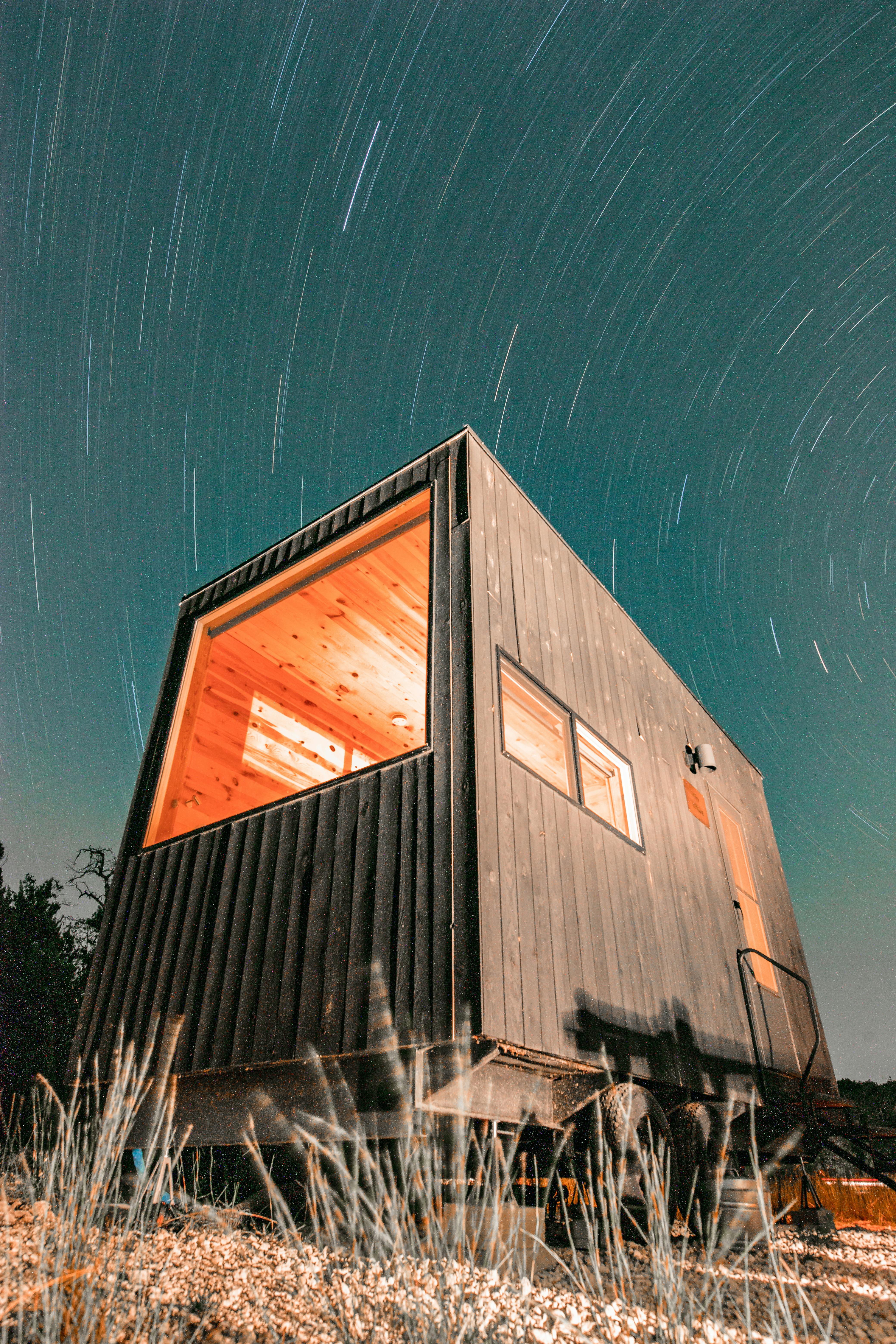"Decoding the Tiny House Movement: A New Horizon in Real Estate Investment"
Introduction: The real estate market is a dynamic entity, constantly evolving and adapting to societal shifts. One such shift that has reshaped the housing landscape in recent years is the rise of the tiny house movement. This contemporary architectural trend is more than just a fad—it represents a significant shift in our understanding of housing needs, offering potential opportunities for investors and homeowners alike.

A Brief History of the Tiny House Movement
The tiny house movement originated in the USA in the late 1990s, but it came into the limelight after the 2008 financial crisis when many people were grappling with economic instability and unaffordable housing. The concept of downsizing to a tiny house presented an economical, sustainable, and minimalist alternative to traditional housing. As a result, the movement gained traction and has been growing ever since.
The Current State of the Tiny House Market
Currently, the tiny house market is experiencing unprecedented growth. According to a recent report by Technavio, the global tiny homes market is expected to grow by USD 5.80 billion during 2020-2024, progressing at a CAGR of almost 7%. The key drivers of this growth include the rising cost of traditional homes, increased environmental consciousness, and the desire for a simplified, minimalistic lifestyle.
The Investment Potential of Tiny Houses
Tiny houses present a unique investment opportunity for those willing to venture off the beaten path. They often have lower upfront costs than traditional homes, making them an accessible entry point into the real estate market. Additionally, they can offer attractive rental yields, especially in areas with high demand for alternative housing options. However, potential investors must also consider the challenges, such as zoning restrictions, financing difficulties, and limited resale market.
Impact on Buyers, Sellers, and Investors
For buyers, tiny houses offer an affordable and sustainable path to homeownership. For sellers and real estate developers, they present a niche market segment with growing demand. Investors can benefit from the potentially high rental yields and the increasing popularity of tiny homes. However, understanding the unique dynamics of this market is crucial for successful investment.
The Future of Tiny Houses
Despite the challenges, the tiny house movement offers a compelling alternative to traditional housing. Its continuing growth indicates a shift in societal attitudes towards housing and lifestyle. Investors, sellers, and buyers who understand and adapt to these shifts stand to gain the most from the tiny house trend.
In conclusion, the tiny house movement presents a fresh perspective on real estate investment. By understanding the origins, current trends, and future possibilities of this movement, stakeholders can make informed decisions and possibly reap substantial benefits. The real estate market is ever-evolving, and those who evolve with it are the ones who find success.




